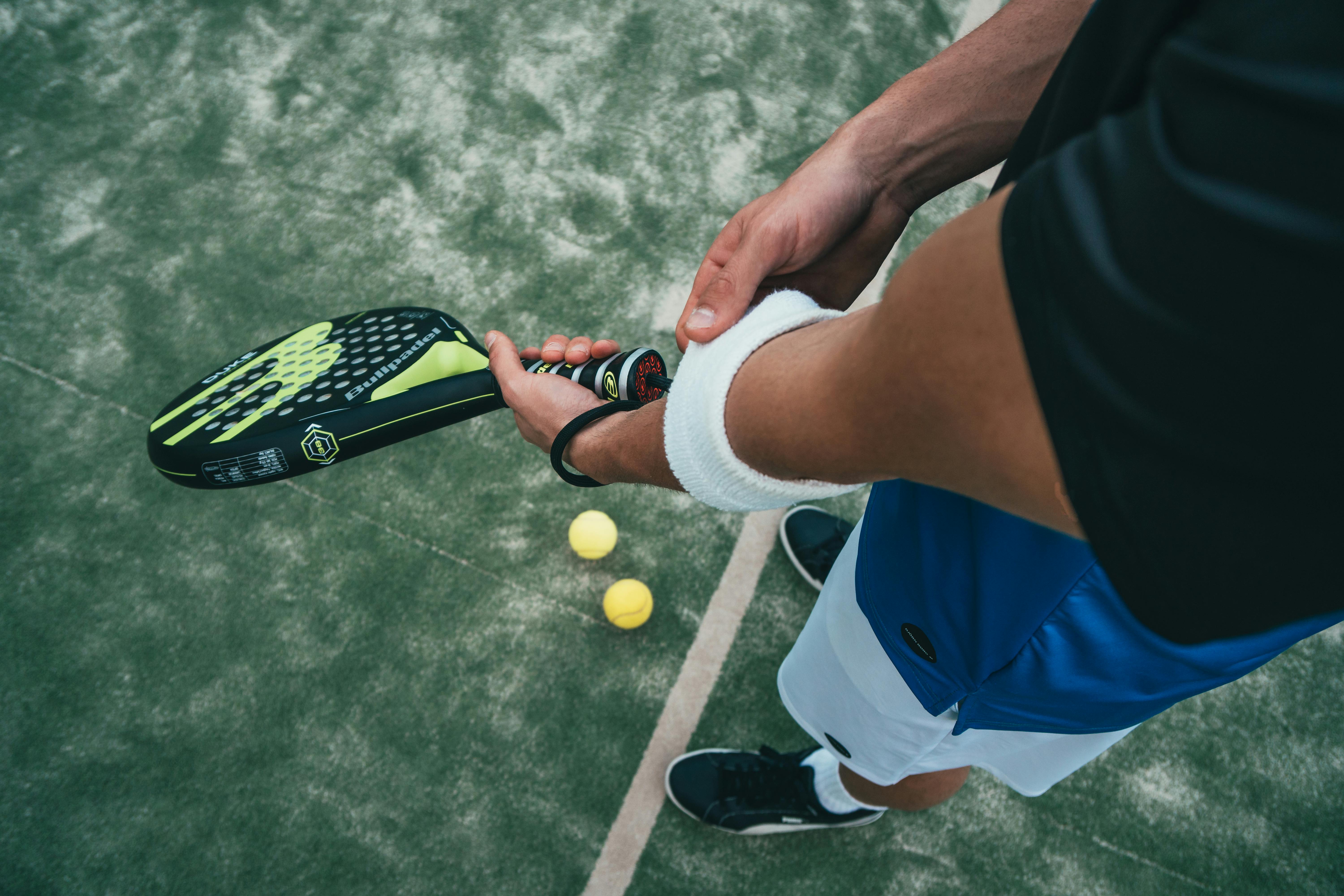Acne is one of the most common skin disorders, affecting people of all races and ages. It is a chronic inflammatory disease that affects the pilosebaceous unit of the skin.
Its prevalence among people aged 12 to 24 is estimated to be 85%, although it can persist beyond early adulthood despite treatment. The disease is more common and more severe in men than in women.
Acne can be effectively treated, but its response can sometimes be slow. There are some common principles of its management, which include the following:
- Do not scratch or pick at the spots.
- Avoid excessively humid conditions, such as working in an unventilated kitchen or tropical vacations as much as possible.
- Stop smoking because nicotine increases sebum retention, forming comedones (blackheads and whiteheads).
- Minimize the application of oils and cosmetics on the affected skin.
- Avoid sunburn and protect your skin outdoors with sunscreen and protective clothing.
- Avoid abrasive skin treatment, which is likely to aggravate both comedones and inflammation.
- Follow a low-glycemic, low-protein, low-dairy diet. Eat lots of fresh fruits and vegetables.
Acne Management –
The three steps in acne management are necessary for your success:
- Establish the type and severity of acne.
- Selection of the appropriate medication for the condition and skin type of the patient. In general, patients with oily skin benefit from solutions or gels, while those with dry skin improve with creams, lotions, or ointments.
- Educate the patient about the disease, the different types of medications and their side effects, and realistic expectations for improvement.
Mild acne –
Its management includes the following:
- Gently clean the affected area with lukewarm water and a mild soap.
- Application of benzoyl peroxide.
- Application of salicylic acid.
If the above treatments don’t work, see your doctor, who can prescribe stronger lotions or creams and, if necessary, an antibiotic lotion.
Moderate to severe acne –
Its management includes the following:
- Application of benzoyl peroxide.
- Drainage of large pimples and cysts by a doctor.
- Application of prescription antibiotic gels, creams or lotions.
- Application of prescription retinoids.
- Azelaic acid application.
- Taking prescription oral antibiotics
- Taking prescription oral retinoids (such as isotretinoin).
Laser Rejuvenation of Acne Scars –
Acne vulgaris frequently produces scars. Acne scars can be physically disfiguring, which has a profound psychosocial impact on sufferers. Early and effective acne treatment is the best means of minimizing and preventing acne scars.
The laser resurfacing technique requires directing short, focused pulsating beams of light at uneven skin, precisely removing the skin layer by layer. This popular procedure is also called lasabrasion, laser peel, or laser vaporization.
The face is burned to create a new skin surface and reduce acne scarring, but the complete reshaping takes about 18 months. It has been noted that up to 45% of all patients have temporary changes in skin color. But infections are rare. The procedure is up to 80% effective for shallow scars. But deep scars can be treated in a number of ways before or during laser resurfacing.
The bottom line-
Acne affects 85% of all adolescents and about 12% of adult women. Although it is a benign condition, acne can cause considerable morbidity, including pain, discomfort, and scarring. It can also lead to depression and anxiety, resulting in low self-esteem. Laser resurfacing is emerging as an effective new treatment for acne scars.
